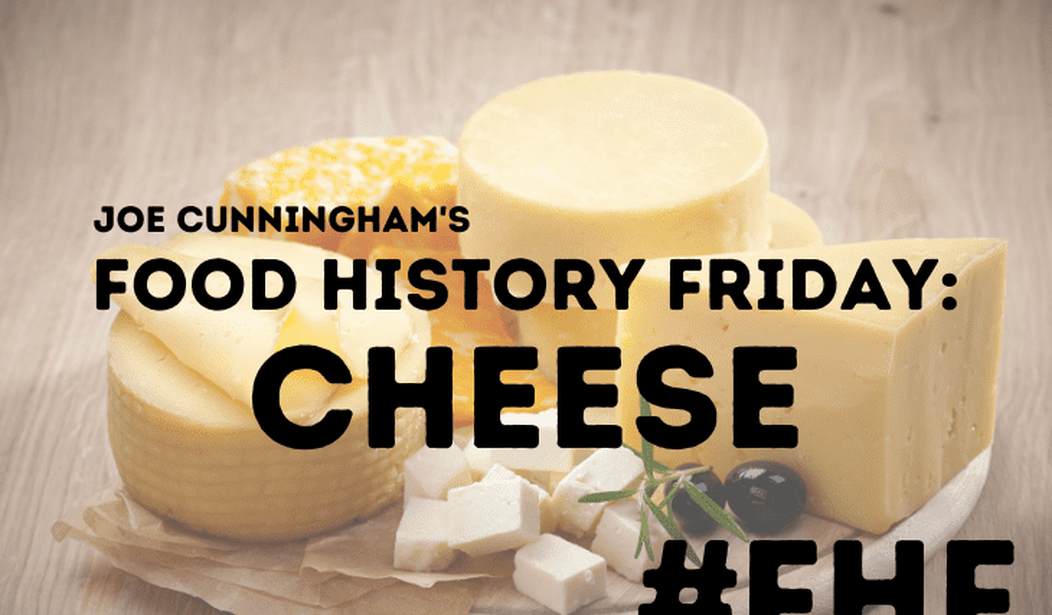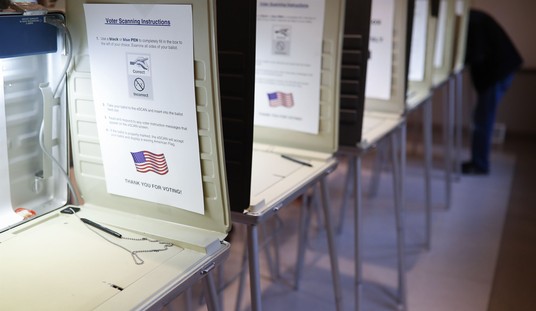I think it’s always the Sumerians when it comes to the origins of some global phenomena.
Anyway, cheese. Most of us love it (frankly, I don’t trust anyone who doesn’t). It comes in all sorts of varieties, colors, and flavors. If an animal produces milk, you can turn that into cheese. It can be mild or funky, moldy or soft, and everything else you need it to be.
The earliest cheesemaking we can date comes from Poland (not Sumeria, as it turns out), and we can put it about 7,500 years ago. But before we continue, I need to explain something: This puts mankind in the latter half of the Neolithic period in Europe, which is important because the idea of settling into permanent communities was still developing. Tribes were starting to settle but still depended largely on hunting and gathering, though domestication and cultivation were starting to happen.
Here’s a very, very rough sketch of how it typically happened (keep in mind that different parts of the world, it wasn’t always like this, but there are similarities):
A person eats fruit and spits out an annoying seed. Sometime later, they realize the fruit they liked is growing in that spot. Eventually, they figure out it’s the seeds. They have noticed already that both animals and plants like water, so they plant their seeds near sources of water. Now, they don’t have to go gathering. Animals gather around water, so they trap, tame, and breed them to produce more meat.
Well, at some point, they discover they can drink the milk nursing animals provide their young. Like the fruit, vegetables, and meat they are growing themselves, they need to find a way to preserve it. Unlike those other things, salt and drying it out doesn’t work. Eventually, they work out how to turn it into cheese. Now, it’s a solid that can be preserved and stored in various ways.
While there were other known dairy farms we’ve discovered dating to this time period, the discovery of this particular community is the first historians had seen with evidence of cheese-making. Eventually, as early commerce developed, the cheese was taken on trade routes and spread across Europe.
It didn’t just start here, though. Cheese is referenced in Greek mythology, the Bible, and later even in Asia. (The Chinese were not and still do not include much cheese in their diet, but we have seen evidence that Mongolian and Tibetan cultures may have contributed to the limited Chinese cheese-making that existed during the Ming Dynasty.) While cheese may or may not have originated in the Fertile Crescent (damn you, Sumer), it did take new and exciting shapes and flavors there.
Moreover, the conditions in the Fertile Crescent made it very easy to develop cheese.
During this period, raw milk was primarily used to feed children due to a lack of lactase persistence—the ability to digest lactose, the primary sugar in milk—in adults. But the development of the ability to fire pottery around 7000-6500 BCE meant that milk could now be stored, and milk stored in this warm climate quickly fermented on its own due to the natural presence of lactic acid bacteria. The transformation of lactose into lactic acid is the microbial alchemy that coagulates milk into curds and whey, making it easier for adults to digest.
These unwitting cheesemakers soon found they could use ceramic strainers and baskets to drain off the whey, then consume the curds without experiencing the ill effects of fresh milk. The earliest cheeses would have been eaten fresh, preserved in pots with salt and stored underground, or even dried in the sun. They could also use clay pots to heat fermented milk to make acid-heat coagulated cheeses—the same method used to produce cheeses like ricotta.
One of cheese’s most popular dishes would eventually come to America, via Thomas Jefferson. After spending a lot of time in Europe, just eating tons of pasta, he brought back a pasta maker and a recipe for macaroni and cheese, which he would serve at a state dinner in 1802. For more about Jefferson’s adventures with cheese, read up on the presentation of “mammoth cheese” to his presidency.
For thousands of years, we have been turning milk into cheese, and it has become a major part of so many cultures across the world. There is no way to measure the historical or cultural impact of cheese, but it exists in all its forms and flavors thanks to the diversity of cultures that spawned it.
One final note: When I was growing up, a friend’s father once said “Only pagans eat feta.” That has no impact on this column in any way except that I always think about that random statement whenever I am picking feta up from the store. Feta is wonderful over a salad of spinach, strawberries, and croutons. Toss with a little Italian dressing and serve as a side dish.












